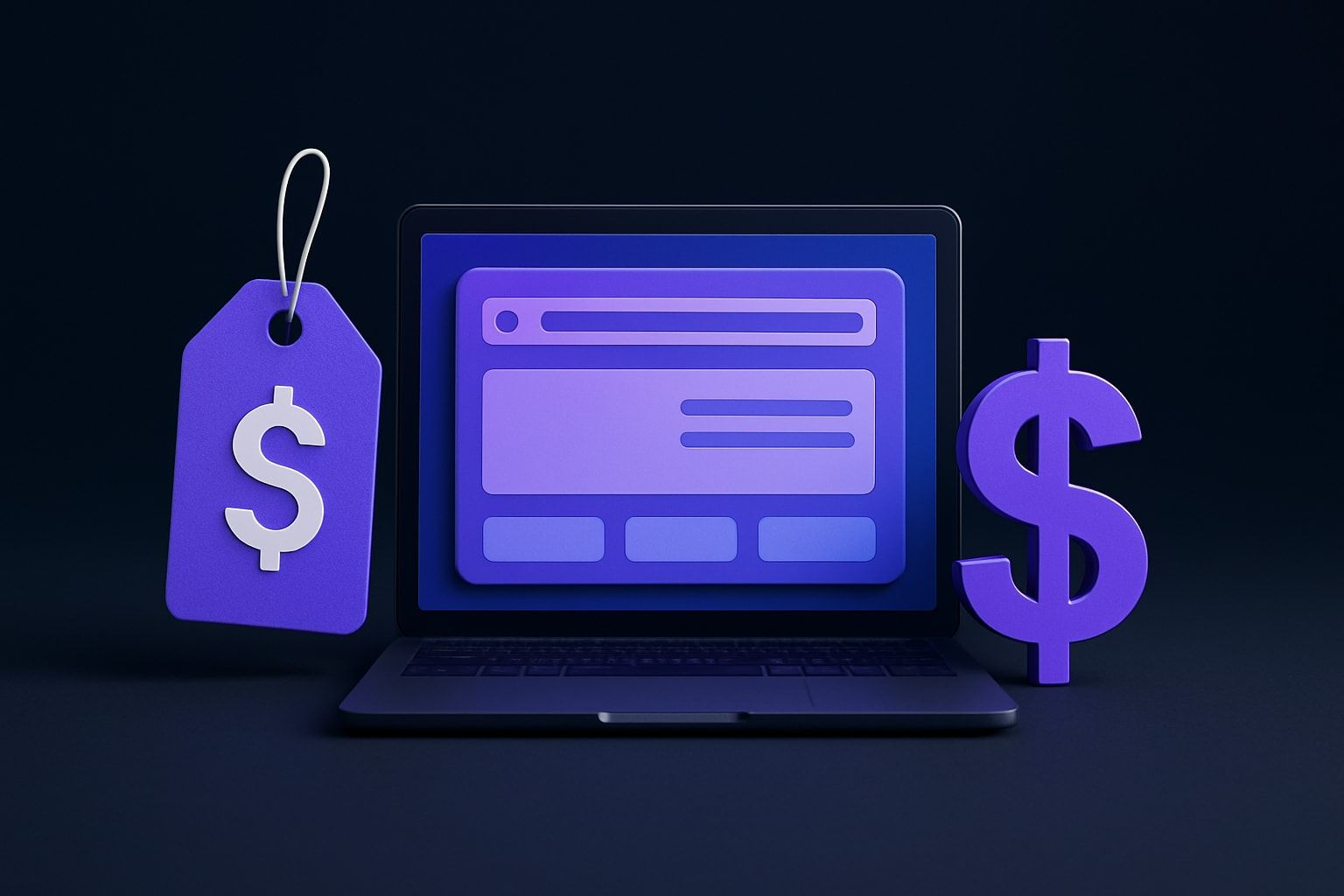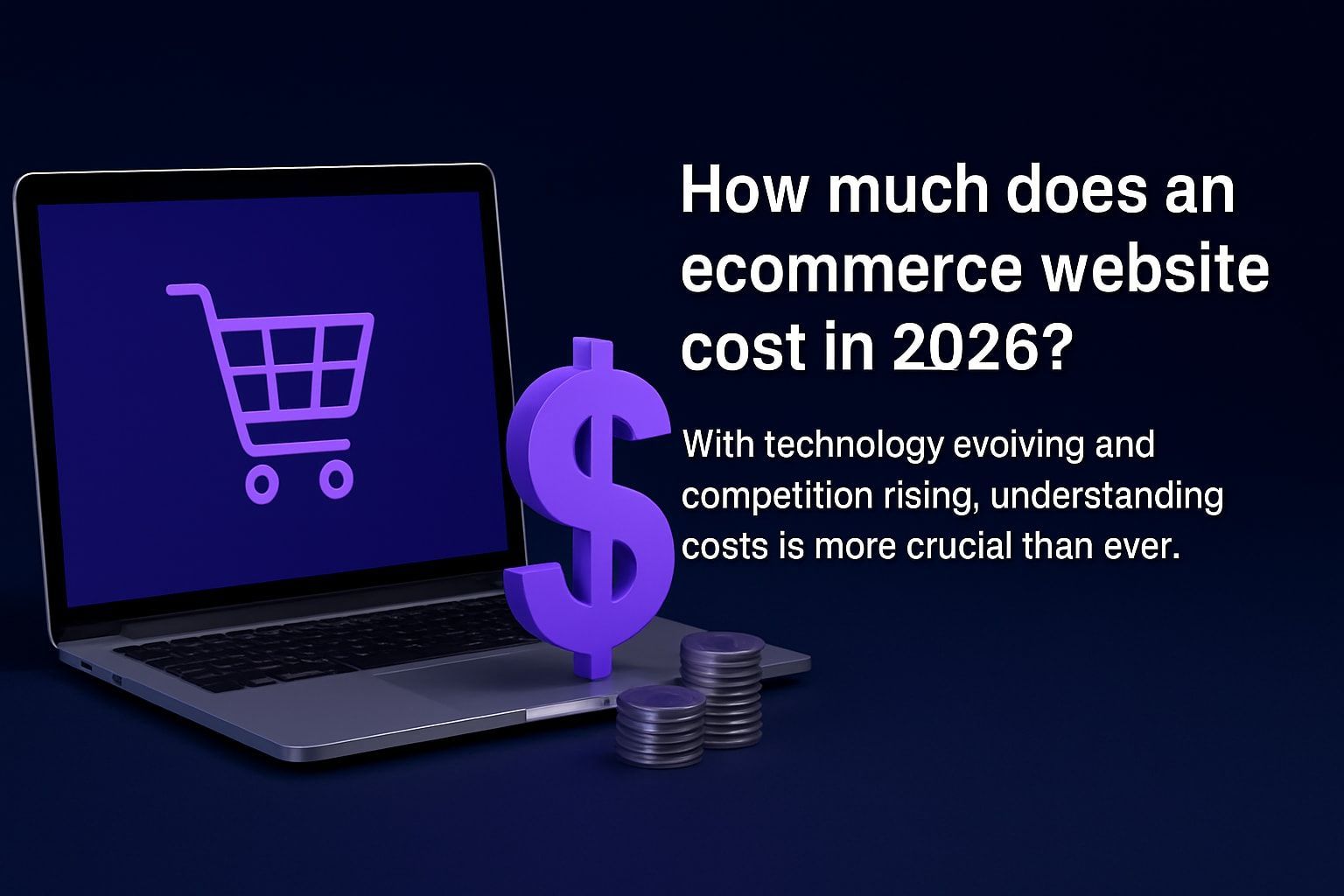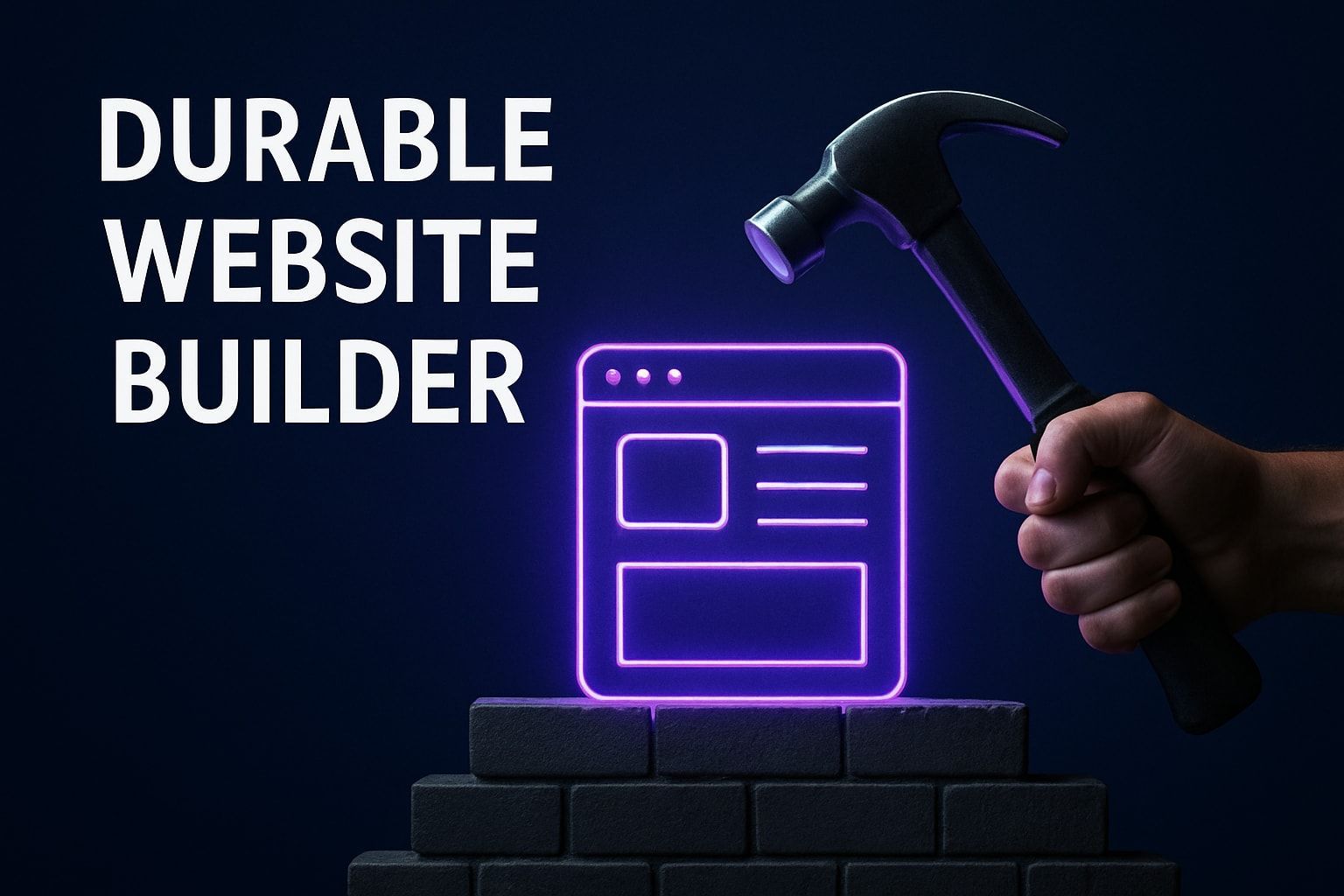Design Content Guide: Essential Strategies for 2025
The pace of digital change has never been faster, and in 2025, mastering design content is what sets brands apart. As digital experiences evolve, strong design content is now crucial for engaging users and building trust.
This guide unpacks the strategies you need to craft user-centric, impactful design content for tomorrow’s digital products. You’ll discover the latest trends, actionable frameworks, and proven processes for creating content that delights users and drives results.
Ready to gain a competitive edge? Dive in and use these strategies to elevate your 2025 projects—and future-proof your design content approach.
The State of Design Content in 2025: Trends & Challenges
The world of design content is transforming at breakneck speed. In 2025, the way brands approach digital experiences is fundamentally different from just a few years ago. User expectations are higher than ever, and those who master design content are setting themselves apart in a crowded landscape.

The Evolution of Design Content: 2020–2025
Over the past five years, design content has shifted from static information delivery to dynamic, user-centric storytelling. In 2020, most digital content was text-heavy and treated as an afterthought in product design. Fast forward to 2025, and content is now a core pillar of the digital experience.
Brands invest in understanding not just what to say, but how, when, and where to deliver it. This evolution is driven by a focus on solving real user problems, making design content more strategic than ever.
Top Trends in 2025
Several key trends are shaping design content this year:
- AI-assisted content creation is mainstream, with tools generating, optimizing, and personalizing copy at scale.
- Omnichannel consistency ensures seamless messaging across web, mobile, AR, and even voice interfaces.
- Micro-interactions and animated elements boost engagement and guide users through complex flows.
- Accessibility is no longer optional—it's a baseline requirement.
- Data-driven personalization tailors every experience to individual preferences.
For a detailed look at these and other emerging trends, check out Emerging Content Strategy Trends.
Challenges Facing Content Designers
With opportunity comes complexity. Design content teams now grapple with:
- Content overload: Users are bombarded with information, making clarity and relevance critical.
- New formats: Video, AR/VR, and dynamic content require new skills and workflows.
- Brand voice consistency: Maintaining a unified tone across platforms and regions is challenging as teams scale.
Staying ahead means investing in upskilling, flexible processes, and robust style guides.
User Expectations and Key Statistics
Today’s users are less forgiving of poor design content. According to recent studies:
| User Expectation | Statistic |
|---|---|
| Leave sites with poor content design | 38% |
| Expect seamless experience across devices | 62% |
| Prefer personalized content | 74% |
These numbers show that effective design content is directly tied to user retention and satisfaction.
How Leading Brands Are Adapting
Successful brands like GOV.UK and Hotjar have reimagined their design content strategies. They prioritize accessibility, clarity, and iterative improvement. For example, Hotjar’s recent redesign focused on simplifying navigation and using microcopy to reduce support tickets.
On the flip side, brands that failed to adapt saw increased bounce rates and negative feedback. Outdated layouts and inconsistent messaging quickly turn users away.
Collaboration: The New Competitive Edge
One of the most significant shifts is the rise of cross-functional collaboration. No longer siloed, design, development, and content teams now work together from the start. This approach leads to faster iteration, stronger brand voice, and more effective design content.
In 2025, content design is not just a support role—it’s a strategic differentiator driving growth, loyalty, and innovation for digital products and brands.
Core Principles of Effective Content Design
The foundation of exceptional digital experiences in 2025 rests on three core principles. Mastering these will ensure your design content stands out, delivers value, and meets evolving user expectations. Let’s break down what sets winning content apart.
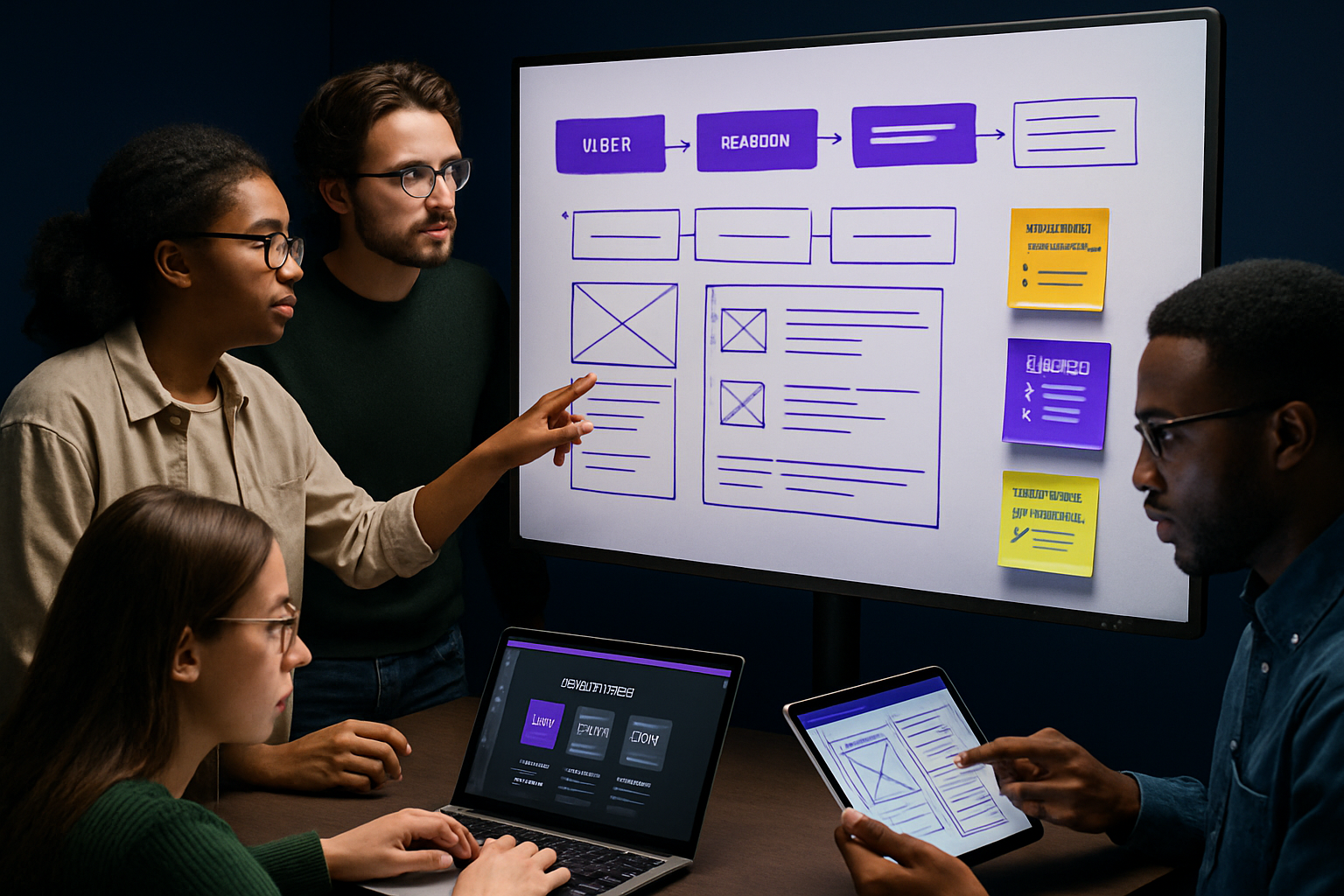
User-Centered Design: Putting People First
User-centered design content means everything is created with real people in mind. The goal? Solve actual problems for your audience, not just fill space. As Sarah Winters puts it, it’s about delivering the right information, at the right time, in a way users expect.
Empathy is at the heart of this principle. Teams use user research, interviews, and journey mapping to uncover pain points and needs. For example, GOV.UK’s content redesign focused on clarity and directness, slashing support requests and boosting user trust. Similarly, Hotjar’s overhaul prioritized user feedback, improving task completion rates and user satisfaction.
Accessibility and inclusivity are now non-negotiable. WCAG guidelines ensure your design content reaches everyone, regardless of ability. Data shows that clear, accessible content reduces confusion and support tickets by up to 30%. By embracing empathy and research, you create content that’s truly useful—and users notice.
Content Hierarchy, Structure, and Clarity
A well-structured design content approach guides users through information effortlessly. Clear hierarchy means users instantly know where to look and what’s most important. This is achieved through logical headings, sections, visual cues, and microcopy.
Take the GOV.UK bank holiday page as a prime example. After a redesign focused on concise, jargon-free language and visual clarity, user engagement jumped significantly. Stats show that users are 50% more likely to complete tasks when content is easy to scan and understand.
Balance is key: too much information overwhelms, but too little leaves gaps. Use short paragraphs, bullet points, and bold text for emphasis. Visual cues like icons and whitespace help users process content quickly. Tips for your next project:
- Prioritize information by user need.
- Remove unnecessary jargon.
- Test structure with real users.
Effective design content isn’t just clear—it’s compelling and easy to navigate.
Multi-Modal Content: Beyond Words
Design content in 2025 means thinking beyond just text. Integrating images, videos, icons, and interactive elements makes content richer and more engaging. The key is to choose the right format for your message.
For instance, Hotjar’s subscription management redesign blended concise copy with visuals and micro-interactions. This approach increased user understanding and reduced drop-offs. Consistency is vital—ensure your brand’s look and feel is seamless across every channel and device.
Interactive and visual content can boost retention and guide users to key actions. Data shows that users spend up to 88% more time on pages with well-integrated visuals or interactive elements. Want to craft dynamic, content-rich experiences? Check out this guide on how to embed a website in 2025 for actionable steps.
By embracing multi-modal design content, you’ll create experiences that inform, delight, and drive results.
The Content Design Process: Step-by-Step Strategies for 2025
Creating compelling digital experiences in 2025 means adopting a modern, collaborative approach to design content. The process is no longer linear. Instead, it’s an ongoing cycle of research, ideation, prototyping, collaboration, and optimization.
Here’s a breakdown of each step to help you elevate your design content process this year.

Step 1: Research & Understand User Needs
Every great design content project starts with understanding your audience. User research is the foundation—it helps you discover what users actually need, not just what you think they want.
Use a mix of methods, including:
- User interviews and surveys
- Analytics and heatmaps
- Session recordings
- Competitor benchmarking
Creating content personas and journey maps brings clarity to the process. For instance, Hotjar’s use of session recordings and surveys helped them uncover real user intent, guiding their content decisions.
By focusing your design content strategy on genuine user needs, you avoid wasted effort and increase the odds of success. Never assume. Let data and empathy drive your choices. The more you know about your users, the more effective your design content will be.
Step 2: Ideation & Content Planning
Once you understand user needs, it’s time to brainstorm solutions. Gather your team—UX, product, marketing, and content designers—to map out the user journey and identify key touchpoints for design content.
Effective ideation sessions thrive on:
- Cross-functional input
- Open brainstorming
- Mapping user flows
Align every piece of content with your brand’s voice and the context in which users encounter it. Planning frameworks like content calendars and journey maps help keep the process organized.
A well-coordinated content planning phase ensures your design content meets both user expectations and business goals. Remember, the planning stage is where clarity and creativity intersect, setting the tone for the entire project.
Step 3: Prototyping, Testing & Iteration
Now, bring your ideas to life with prototypes. Start simple—low-fidelity drafts, wireframes, or mockups. Use design tools, browser extensions, or even pen and paper. Rapid prototyping lets you test design content concepts quickly.
Usability testing is key. Share your prototypes with real users and stakeholders, collect feedback, and iterate. Feedback loops are essential for refining your design content and ensuring it’s user-friendly.
Modern platforms, such as AI-powered website builder features, make prototyping and iteration more accessible. They offer drag-and-drop editors, AI-driven suggestions, and seamless collaboration, speeding up the entire process.
Continuous improvement is the hallmark of strong design content. The faster you test and adapt, the better your results.
Step 4: Content Implementation & Collaboration
Integrating design content into live products requires close teamwork. Involve content designers early, so they don’t just “fit in” content but help shape the entire experience.
Collaboration means:
- Working alongside developers, designers, product managers
- Using shared tools and platforms for consistency
- Maintaining a unified brand voice across channels
PayPal’s scalable prototyping and early content involvement led to more consistent, effective user experiences. Their approach shows that design content thrives when everyone owns the process.
The secret? Open communication and a shared commitment to quality. When you break silos, your design content strategy becomes more resilient and adaptable.
Step 5: Measurement, Optimization & Governance
After launch, the work isn’t done. Measuring the performance of your design content is crucial. Track engagement, conversions, and task completion with analytics, heatmaps, and user feedback.
Set clear KPIs for your content. Use the data to identify what’s working and where to improve. Ongoing optimization ensures your design content stays relevant as user needs evolve.
Governance is about maintaining standards and consistency. Schedule regular reviews and updates, and make sure everyone on your team understands the guidelines.
Leading brands use data-driven iteration to keep their design content sharp. Continuous optimization means your content remains a strategic asset, not just a static resource.
Content Design vs. UX Writing, Copywriting, and Content Marketing: Roles & Collaboration
In today’s digital landscape, it’s easy to confuse the roles of design content, UX writing, copywriting, and content marketing. While these disciplines often overlap, each plays a distinct part in shaping user experiences and driving business success.
What Sets Design Content Apart?
Design content focuses on the holistic experience, ensuring that every piece of information serves a real user need at the right time. Unlike UX writing, which zeroes in on microcopy like buttons or instructions, design content looks at the entire journey.
Copywriting aims to persuade or convert, often used for ads or calls to action. Content marketing, meanwhile, drives engagement and leads through articles, videos, or social campaigns. Design content, however, orchestrates all these elements, prioritizing clarity, consistency, and usability across touchpoints.
Comparing the Roles: Responsibilities and Deliverables
To clarify the differences, here’s a quick comparison:
| Role | Primary Focus | Key Deliverables | Objective |
|---|---|---|---|
| Design Content | User journeys, structure | User journeys, structure Flows, wireframes, structured pages | Solve user problems |
| UX Writing | Microcopy, guidance | Button text, error messages | Guide user actions |
| Copywriting | Persuasion, conversion | Headlines, CTAs, ad copy | Drive sales/signups |
| Content Marketing | Engagement, awareness | Blogs, videos, campaigns | Attract and nurture |
For example, Hotjar’s redesign involved design content teams mapping entire user flows, while UX writers focused on micro-interactions. Each role supports the others, but the design content team ensures coherence throughout.
Collaboration in Modern Teams
Successful digital projects depend on seamless collaboration between content, UX, and marketing experts. Leading brands like UXPin and Hotjar bring together design content specialists, copywriters, and marketers to develop shared style guides and content frameworks.
This cross-functional approach breaks down silos. Teams review drafts together, iterate on feedback, and align on tone and messaging. Consistent documentation and open communication are key, ensuring that every touchpoint reflects the brand’s goals and user needs.
Impact of Cross-Functional Work
Collaboration pays off. Companies that foster close teamwork between content, design, and development see higher engagement and reduced friction in product launches. According to recent statistics on AI's Role in UX Design, 78% of organizations report improved user satisfaction when AI and content teams work closely together.
By making design content a strategic pillar, brands create seamless experiences that resonate with users and drive measurable results. Shared guidelines, regular feedback, and integrated tools are the cornerstones of modern content success.
Best Practices for High-Impact Content Design in 2025
Staying ahead in design content requires a fresh mindset and a toolkit of proven habits. As we look to 2025, high-impact content design is about cutting through noise, focusing on user needs, and embracing the right tools. Let’s break down the essential best practices that will define successful digital experiences.
Prioritize Relevance and Simplicity
In 2025, users expect design content that helps them solve problems fast. Irrelevant information or cluttered layouts drive users away and damage trust. The key is to deliver only what matters.
- Remove unnecessary or distracting content that doesn’t serve the user’s goal.
- Use clear, simple language and active voice for every message.
- Avoid jargon and keep instructions direct.
- Highlight the most important actions or information up front.
Research shows that 70% of users are more likely to stay on a page when content is concise and directly addresses their needs. Competitors who prioritize simplicity consistently report higher satisfaction scores and lower bounce rates.
By making relevance and simplicity your north star, you ensure your design content meets users where they are—no more, no less.
Design Around Content, Don’t “Fit In”
One of the most common pitfalls is squeezing design content into pre-made layouts. This approach leads to awkward phrasing, broken flows, and user confusion. Instead, start with content and let it guide the design.
- Involve content designers from the very beginning of every project.
- Map out user journeys and identify where content drives action.
- Build layouts that serve the content, not the other way around.
- Use wireframes and prototypes to test content effectiveness before finalizing visuals.
The GOV.UK bank holiday page is a classic example: by redesigning around real user questions, they reduced support tickets and improved usability. Teams that lead with design content report fewer costly redesigns and a smoother user experience.
When content comes first, everything else falls into place—making your digital products intuitive and effective.
Encourage Feedback and Continuous Improvement
High-impact design content isn’t created in a vacuum. Sharing drafts early and embracing feedback turbocharges quality and relevance.
- Use user testing and stakeholder reviews to catch blind spots.
- Leverage collaborative platforms to gather input from cross-functional teams.
- Encourage rapid, low-stakes feedback cycles—don’t wait for perfection.
- Document lessons learned and apply them to future projects.
Sarah Winters, a leader in content design, champions the value of quick sharing and iteration. Leading brands like Hotjar and GOV.UK attribute much of their success to this culture of improvement.
When you make feedback a habit, design content evolves with real user needs, staying sharp and effective year after year.
Embrace Technology and Design Tools
Modern tools have revolutionized how teams create and refine design content. Platforms with drag-and-drop editors, AI-powered assistants, and customizable templates accelerate production and raise the bar for quality.
- Explore customizable website templates for content design to streamline your workflow and ensure consistency.
- Upskill your team in the latest prototyping and collaboration tools.
- Automate repetitive tasks with AI-driven content assistants for designers, freeing up time for strategy and creativity.
- Regularly review your tech stack to align with evolving best practices.
Data shows that teams leveraging the latest tools cut production time by up to 40% and deliver more consistent experiences. By investing in technology, you empower your team to focus on what matters most: making design content that truly connects with users.
Essential Resources, Tools, and Skills for Future-Ready Content Designers
Staying ahead in design content means constantly upgrading your skills, tools, and connections. As we look toward 2025, the landscape is richer than ever, but also more demanding. To thrive, content designers need to master a mix of technical know-how, creative problem-solving, and strategic thinking. Let’s break down the essentials every future-ready professional should keep in their toolkit.
Must-Have Skills for 2025 Content Designers
Tomorrow’s design content specialists need a diverse skill set, blending creativity with analytical prowess. Start with user research—knowing how to discover what real users need is non-negotiable. Add UX writing to craft clear, purposeful messaging, and visual literacy to ensure your work looks as good as it reads.
Prototyping skills let you bring ideas to life quickly, while analytics empower you to measure and optimize. Accessibility expertise is essential for reaching every user, and collaboration skills keep projects moving smoothly across teams.
With AI reshaping workflows, AI literacy is now a must. Dropbox and PayPal teams have shown that upskilling in areas like data interpretation and automation pays off. Consider resources such as online certifications, workshops, and peer-led learning sessions to stay sharp.
Stay curious, and don’t hesitate to join communities or mentorship programs. In design content, adaptability is your secret weapon.
Top Tools and Platforms for Content Design
The right tools can turn good design content into great experiences. Leading platforms like UXPin, Figma, and Sketch offer robust prototyping and collaboration features. These tools make it easy to iterate quickly, maintain consistency, and involve stakeholders early.
AI content assistants are rapidly becoming game-changers, helping automate repetitive tasks and spark creative ideas. Analytics platforms are also crucial, providing data-driven insights to refine your approach.
Integration is key. Many teams, like PayPal, use solutions such as UXPin Merge, which allow seamless syncing between design, content, and development. This reduces production time and boosts consistency across all touchpoints.
When choosing tools for your design content workflow, look for options that support real-time collaboration, version control, and easy integration with other platforms. Don’t be afraid to experiment—what works for one project may not fit another.
Recommended Content Design Resources and Communities
Learning never stops in the world of design content. Top books like “Content Design” by Sarah Winters and “Strategic Writing for UX” are must-reads. Online courses, such as those offered by Content Design London and the UX Writing Library, provide up-to-date strategies and hands-on practice.
Conferences and webinars are perfect for catching the latest trends and networking with peers. Communities on platforms like Slack, Discord, and LinkedIn offer mentorship and crowd-sourced advice. Participating in these groups can lead to collaborations, job opportunities, and fresh perspectives.
Staying active in the design content community keeps you inspired and informed. Watch for upcoming events and curated resource lists shared by industry leaders—these often highlight emerging topics and essential tools.
How AI-Powered Platforms Like Avantiy Support Modern Content Design
AI-powered website builders are revolutionizing design content, especially for individuals, startups, and small businesses. Platforms like Avantiy offer drag-and-drop editing, customizable templates, built-in SEO, and AI-driven content generation—all designed to streamline your workflow.
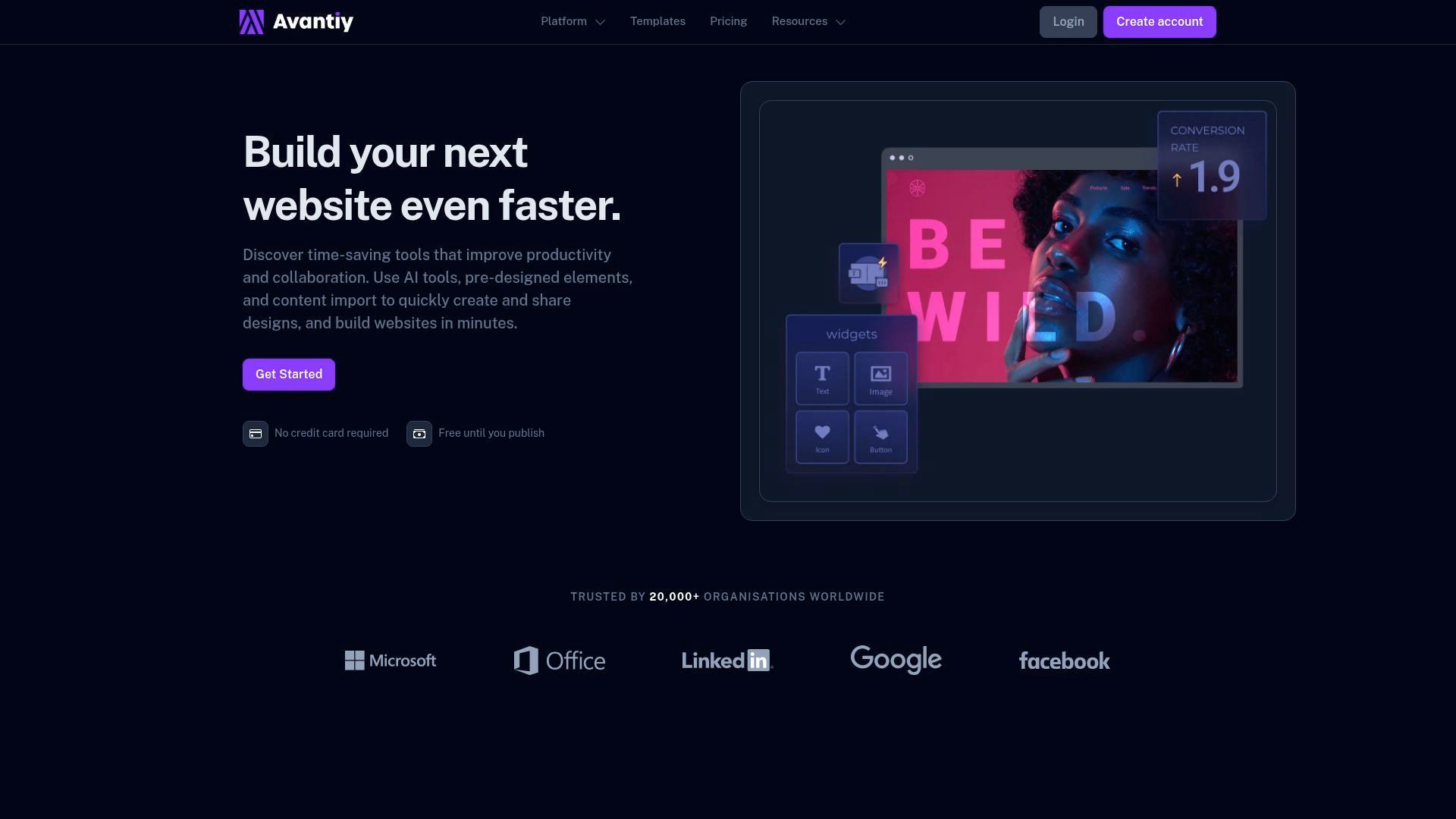
With rapid prototyping and real-time collaboration, even non-technical users can apply best practices in design content. The customizable website templates for content design make it simple to launch visually stunning, user-centric sites that perform well from day one.
Avantiy enables teams to test ideas, gather feedback, and iterate fast, boosting both efficiency and creativity. Whether you’re building a new brand or refreshing an existing one, leveraging AI-powered tools ensures your design content is always a step ahead.
If you’re excited to put these essential design content strategies into practice, you don’t have to wait for the “perfect” moment or master every tool out there. With platforms like Avantiy, you can start building a beautiful, user-focused website that’s ready for 2025—no coding required. Their intuitive editor, smart templates, and built-in AI support make it easy to turn your ideas into a high-performing site in just hours. Ready to see how seamless modern content design can be?
Start Building Your Website Today and bring your vision to life.
Start building your new website today
No credit of debit card required start building today


